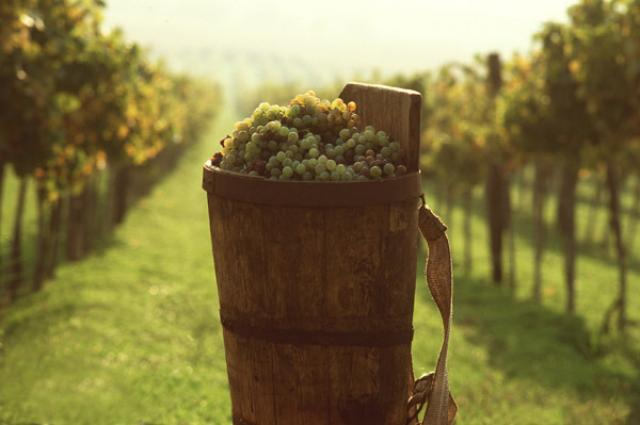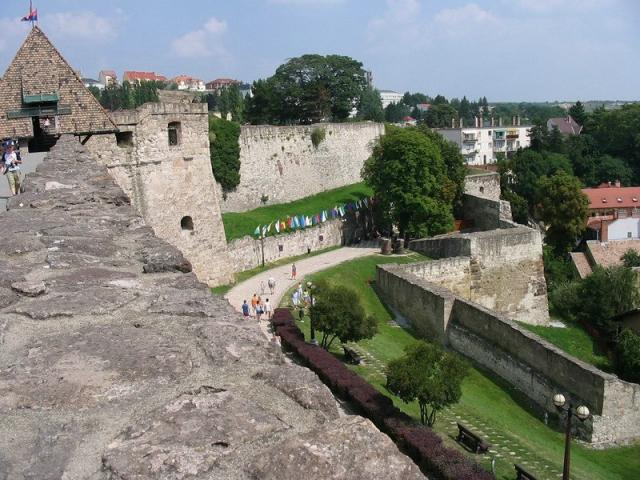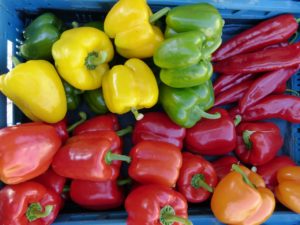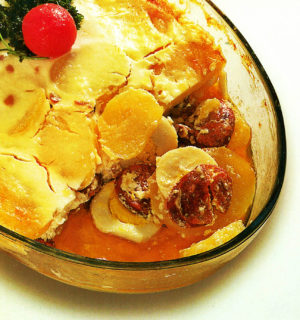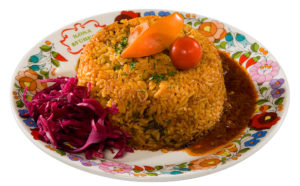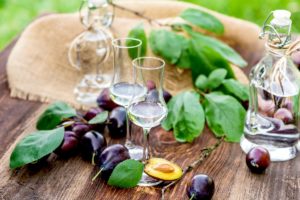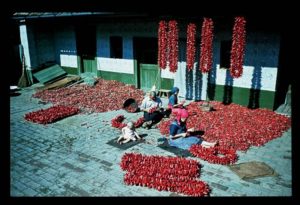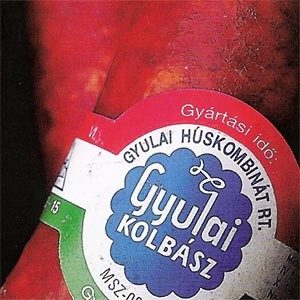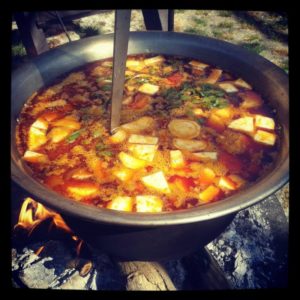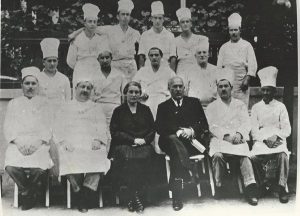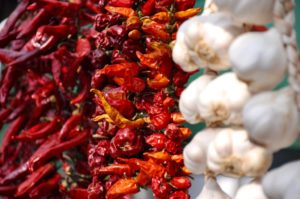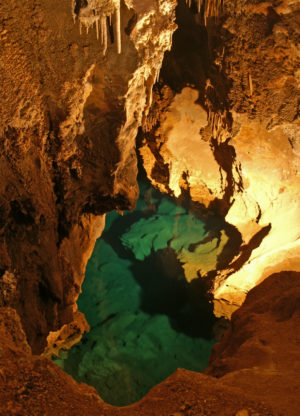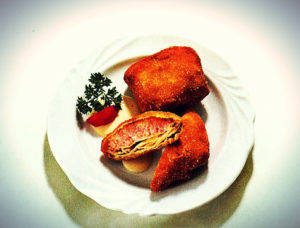A trip to the world of the Hungarian wines
The specialties of the Hungarian wines
The versatilities of the country, the soil, the terrain, the climatic conditions are giving home to the characteristic of the composition of species, the unique cultivated plantation, and the habits of the grape and wine producing. That’s why is Hungary’s wine supply is very diverse, and it has a lot of unique grape species, which is contributes to the recognition of our country’s wine nationally and internationally too.
There are specialties like the closed wine-growing territory, where the products of the territory are worth protection, especially the grape growing, the production, the treatment and the distribution of the wine. In these days only one closed wine growing territory exists, which is the well-known Tokaj-Hegyalja territory.
Hungary is a relatively small country in Central-Europe, bit it has 22 considerable wine countries. More than 80% of the country’s grape growing areas are wine-growing territories. The wine growing territories have 507 settlements, and the wine producing is on the borders of 51 settlements of 10 counties. Therefore there are wine-growing in the territories of 558 cities or villages in Hungary, which is almost 18% of all settlements of Hungary.
Ancient types of Hungarian wines
The Bikavér (Bull’s blood)
According to a legend from Eger the name “bull’s blood” comes from the Turkish times:
The captain of the castle of Eger, István Dobó sent their people to bring red wine to the castle for the defenders of the castle, because the Turkish forces were outnumbered them. The Turkish soldiers have seen that the defenders got new power from the wine, and being superstitious, they though that the flowing red liquid, which is being drunk by the defenders is the blood of the bulls.
They had no brave to fight with them any longer. The legend is hardly true: even though for decades the bottling of wine was free only in Eger, the naming comes from another region. In Eger it showed up only in 1850, but the wine became legendary.
Character
The specialty of the bull’s blood is that the wine is made from the hybridization of wines from different grapes. During the further collective mellowing, the wine gets its special color, taste, flavor and odor.
According to the prescription, the bull’s blood must be mellowed in a wooden barrel for at least one year.
The bull’s blood is usually suggested for spicy venison and beef, in 16-18°C.
The bull’s blood from Szekszárd is a full-bodied, strong wine with high alcohol containment, made from the mixing of 2-3 red-wine grape species. The fruity taste, mellowness, the deepness of the taste and the balance of the acids are drawing its characteristic.
Its ingredients are the kadarka (odor rich, deep red, velvety rough, full-taste wine), the merlot, the cabernet franc and sauvignon, maybe blauer portugieser or blaufränkisch.
The best-knows
The best-known bull’s bloods are from the Baron von Twickel Grape Szőlőbirtok, the Vesztergombi, the Márkvárt, the Halmosi, the Takler, the Ribling, and the Heimann wineries.
The bull’s blood of Eger according to the actual “Egri Bikavér Szabályzat” (Regulations of the Bull’s Blood from Eger) is a wine that has no characters from any species. It must be used at least three of these wine-grapes for its production: kadarka, blauer portugieser, cabernet sauvignon, cabernet franc, merlot, portugieser, pinot noir, blauburger, medoc noir, and zweigelt.
In former times one of the noble varieties of kadarka, the lúdtalpú (goose feet) has given the basics, this has been mellowed with the wines of the blauer portugieser, cabernet, and sometimes with the merlot. Sometimes even the fragrant wine of the ottonel is used, which has been produced only in small quantities.
Since the year 2002 a new category of quality has been started: the Egri Bikavér Superior (Bull’s Blood Superior). This wine must be mixed from at least four out of the 10 above-mentioned species. This can be sold at least the second year after the vintage.
The Tokaji Aszú (Tokay)
The most-known of all wines from Tokaj!
The “tokaji aszú” or in shortened version, “aszú” is a dessert wine produced in the Tokaj-Hegyalja wine-growing territory, made out of grapes shriveled by noble rot, and normal grape, a special wine. It is made with a centuries old procedure, which’s basic is the grape shriveled by noble rot.
The shriveling
The shriveling of the grapes is a noble rot caused by the fungus called “Bottrytis cinerea”, which is important for the production of the “aszú” wine.
This fungus has an important role in the assuring of the quality of the wines produced in Tokaj. Its activity helps to create the unique taste of the “aszú”, which reminds us to the fresh bread, the odor, the flavor, the shade of dark golden yellow, and the relatively high, about 14 volume percent alcohol content are also created by the fungus.
For the shriveling there must be three fundamental conditions:
- the wet weather (rain, fog), which helps the infection of the fungus, must be available in the full time of the ripening,
- the grapes must be free from injuries,
- after these, there must be a dry period.
During the time of the raining, the burst grapes are penetrated by the fungus called Botrytis cinerea, which has a result in the shriveling and the over maturing during the following days. In these days the grape loses water, its acid- and sugar containment increases, still the absolute glucose containment decreases (a part of the glucose transforms into glycerin and gluconic acid).
Harvest
Traditionally, the harvest starts on the second half of October, and this time the shrivened grapes of the furmint and hárslevelű are collected into a vat, where the grapes are kneaded together into pasta like pulp.
Wine is poured onto the pulp, and after the soaking it is pressed, and matured in small sized oak barrels. As many “puttony-s” the wine is (the puttony is a basket for gathering grapes, the wine can be 3, 4, 5 and 6 puttonys), the pulp is poured by as many gönci barrels (136 liters) of wine. The wine gets the name by the number of “puttony-s”.
The maturing time before the bottling is two years higher than the number of the “puttony-s”. For example: the grapes harvested in 2003, and contain 6 “puttony-s”, can not be met earlier than 2011.
The perfect temperature for consumption is 10-12°C.
More details: www.vinotrop.eu , www.borregio.hu



